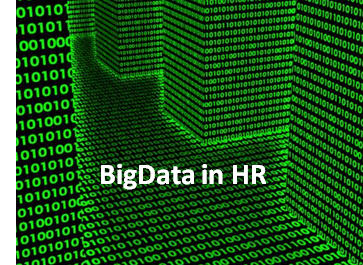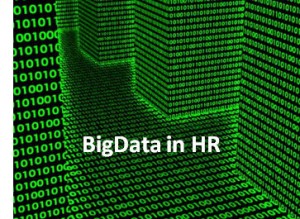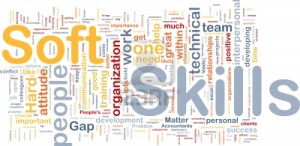Big data is a term for any collection of data sets so large and complex that it becomes difficult to process using traditional data processing applications.
Big Data has been one of the big recent corporate buzzwords. It has been estimated that 90% of the data that exists today has been generated within the past few years. Decreasing data architecture costs and increasing computational power have resulted in a world where data is continuously generated en masse from multiple sources and at dizzying speeds, overwhelming the capacity of large and small organizations alike. Heavy investment by companies to crunch through the numbers and make meaningful insights has resulted in rapid growth in the ability of organizations to analyse structured and unstructured data, as well as help to introduce Big Data’s applications to new areas such as human resources and to small businesses. Thus, the big attention that Big Data is receiving seems to be only getting bigger.
Throughout the last decade, technological changes have resulted in most of the tactical roles within the HR function to be centralized into dedicated applications or amalgamated into HR information systems. However, even with these changes, firms that have engaged in HR analytics have typically been slow to adopt data intensive applications and have instead opted for more qualitative (checklist based) approaches, such as reviewing hiring patterns or ensuring the right skill sets are found. Those that have embraced HR data analytics have typically focused on measuring the impact of HR strategies with variables such as cost per hire and human capital ROI.
Big Data will ultimately accelerate HR’s shift to greater data reliance by helping to provide new strategic and predictive capabilities that would otherwise not be available were it not for pairing the appropriate tools with HR subject matter expertise. With the right information systems, many HR administrative areas (such as personal data, benefits and employee scheduling) can be transformed into tools for making better business decisions.
In regards to hiring, for example, there may be a preconceived notion that a certain type of experience, degree or level of seniority is essential for success in a position. However, through an analysis of employee data across an organization, profiles can be created that more accurately reflect successful employees based on the factors that correlate with success. Not only can this directly assist in identifying suitable hires, but it can also help inform cost, skill and training expectations. (Personal data analysis can also be invaluable in informing and forecasting employee compensation and benefits management.)
As well, organizations that adopt HR systems where employees can set and track project times in scheduling applications will create a means to candidly evaluate what effect different scheduling and work systems have on outputs.
With more and more HR data intensive information systems coming into the market, predictive HR analytics can begin to take on a prominent role in the strategic decision making of organizations. This would include instances where analytics could help companies forecast headcount and the related costs associated with recruitment, on boarding and training.
As with every discipline, having access to data means having access to trends and patterns. With an excess of easy to use applications available as well as HRIS systems and Big Data entering the mainstream, HR specialists will have overcome a key hurdle in changing mountains of data into actionable findings that can inform decision making. Society can look forward to a generation of businesses where data analysis is seen as an essential skill set and data informed decision making is the norm within HR and in other areas.





6 Comments. Leave new
well explained
well elaborated!
Elaborated well explained article.. Nice job!!
Great… Well articulated
nice 1
nice article